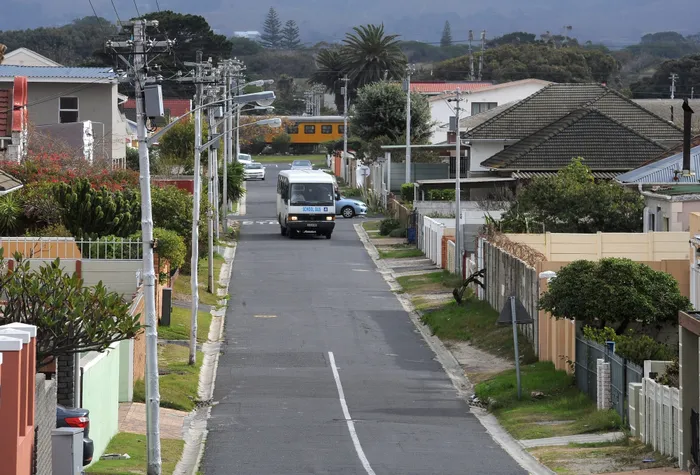5.2% annual inflation in South Africa's residential property prices reported for February 2025

For a first-time buyer, investor or seller, understanding the nuances of regional property trends is crucial.
Image: ANA Archives
The annual national residential property price inflation was 5.2% in February 2025, marginally down from a revised 5.3% in January this year.
The Residential Property Price Index February 2025, released by Statistics South Africa (Stats SA) on Thursday, showed that the residential property price index (RPPI) increased by 0.4% month-on-month in February.
“The main contributors to the 5.2% annual national inflation rate were Western Cape (8.5% and contributing 3.3 percentage points) and Gauteng (2.5% and contributing 0.9 of a percentage point).
"The RPPI for all metropolitan areas increased by 4.9% between February 2024 and February 2025. The main contributors to the 4.9% annual inflation rate for metropolitan areas were City of Cape Town (7.6% and contributing 2.7 percentage points) and City of Johannesburg (2.9% and contributing 0.6 of a percentage point).”
The RPPI for properties sold for the first time increased by 5.5% between February last year and February this year. The index increased by 0.3% month-on-month in February. The RPPI for resold properties increased by 5.6% between the same period. The index increased by 0.4% month-on-month in February.
The RPPI for sectional title properties increased by 3.2% between February 2024 and February 2025. The index increased by 0.4% month-on-month in February. The RPPI for freehold properties increased by 6.3% between February 2024 and February 2025.
The index increased by 0.4% month-on-month in February. The key takeaway from the February 2025 Stats SA report is the slight dip in annual residential property inflation from 5.3% to 5.2%, alongside a modest 0.4% month-on-month increase, says Dr Meshel Muzuva, an academic programme leader for the School of Business Excellence at the Management College of Southern Africa.
“While the change is minimal, these figures suggest that property prices are beginning to stabilise after a period of more rapid growth. This points to a market adjusting to current economic conditions, particularly rising living costs, interest rates, and affordability constraints,” Muzuva said.
Looking ahead, Muzuva said South Africa can expect the property market to grow steadily in the short to medium term. She said key macroeconomic factors at play are the interest rate cuts as the South African Reserve Bank (SARB) has eased the repo rate to 7.25% as of late May, with a prime lending rate of 10.75%, marking the fourth consecutive cut since September 2024.
She added that a further 25 bps cuts, possibly to 10.50% prime, are anticipated through 2025, which makes borrowing slightly cheaper, which could help boost home buying in the coming months.
The academic programme leader said the inflation dynamics were also at play, with CPI around 2.8 to 3.2%, SARB is comfortably within its target range, creating room for more monetary easing.
“Given that real house prices have struggled for much of the past few years, with weak transaction volumes and slower recovery relative to nominal gains, Global Property Guide believes the resumption of interest rate cuts should gradually boost market confidence, especially for first-time buyers.”
Muzuva said it will be important to monitor how consumer confidence, interest rates, and employment levels evolve this year. She said should the SARB move toward interest rate cuts in response to easing inflation, this could stimulate renewed activity in the residential property market.
On the other hand, she said if macroeconomic uncertainty persists, SA might expect continued caution among both buyers and sellers.
“The February RPPI suggests the property market is settling into a more balanced phase, no feverish boom, but a healthier, more measured trajectory. Watch for further repo rate cuts and CPI stability, which together could lay the groundwork for renewed market momentum, especially in key metro areas.
"For buyers, sellers, developers, and lenders, it’s a time to be strategically positioned, keeping a close eye on macro signals to make well-timed moves,” Muzuva said.
Related Topics: